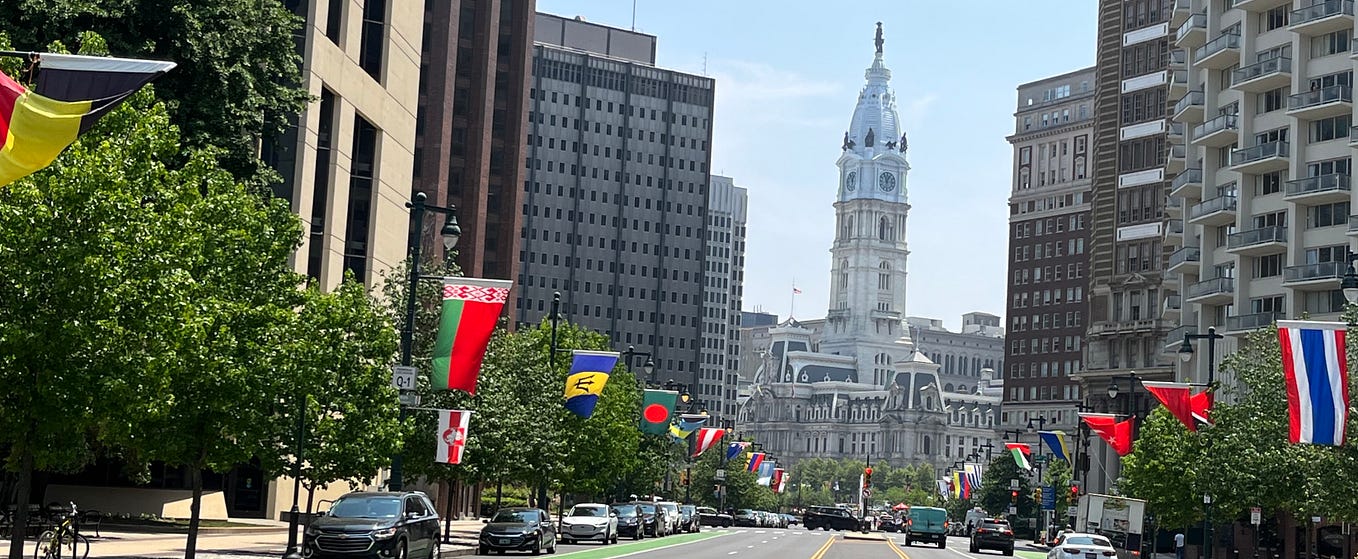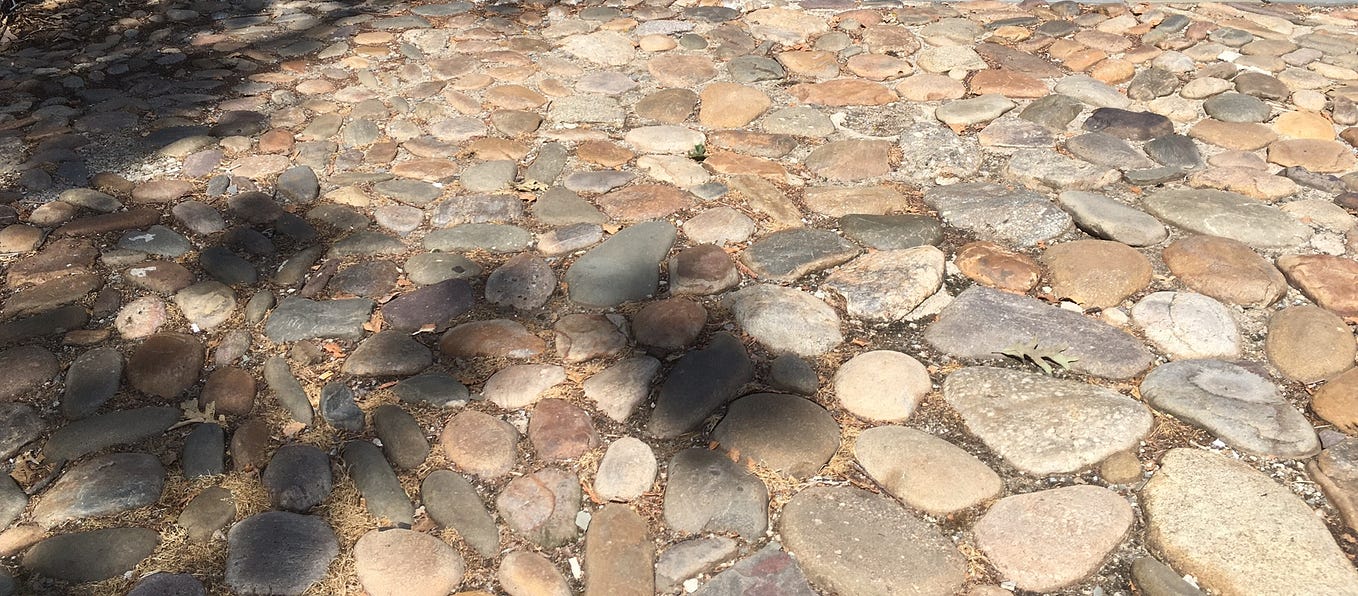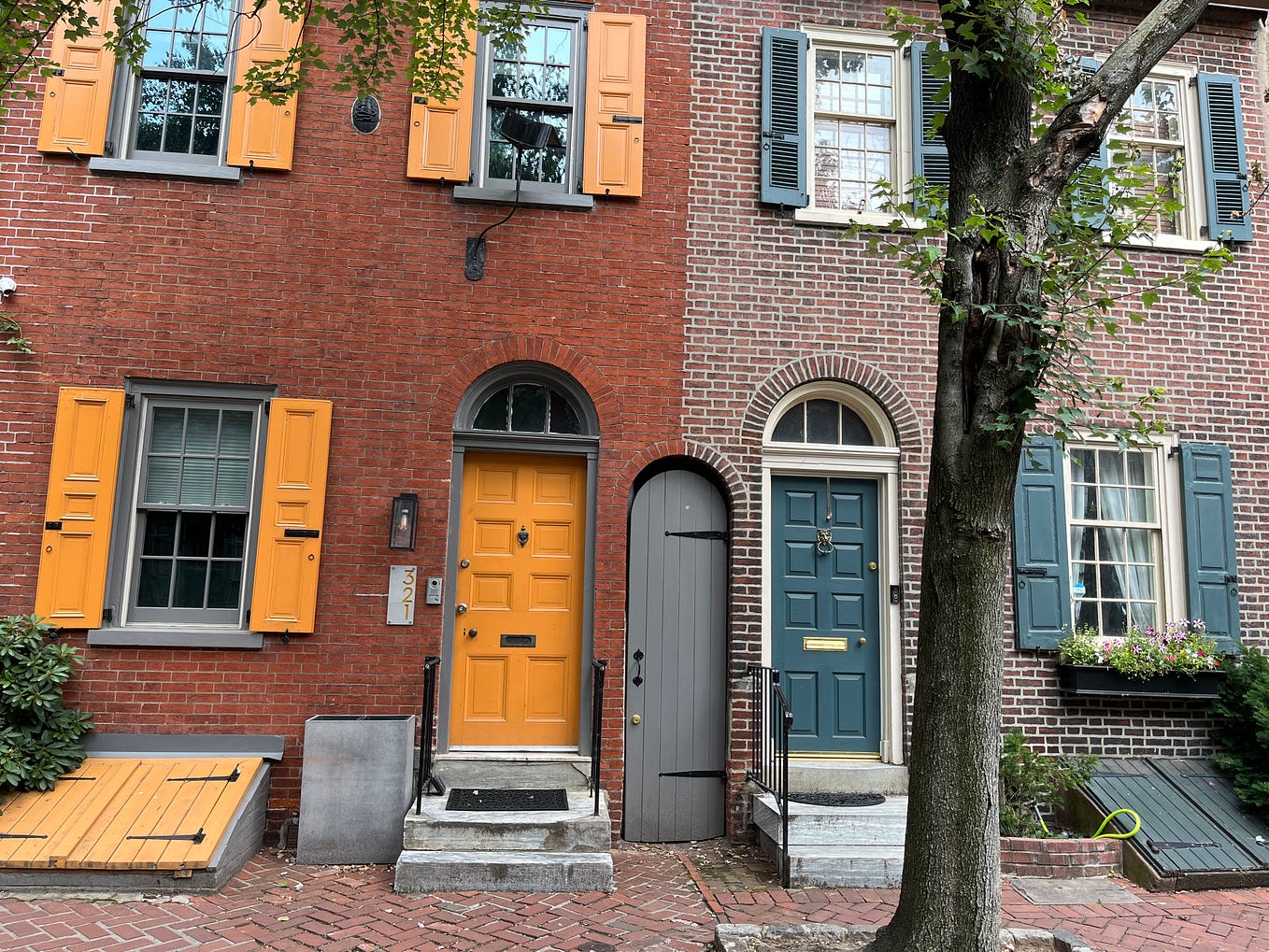The Hamilton No One Remembers
Andrew Hamilton built both Independence Hall
and the reputation of “the Philadelphia Lawyer”
Thanks to Ron Chernow’s biography and Lin-Manuel Miranda’s marvelous musical “Hamilton,” just about everyone knows the name of Alexander Hamilton, the first Secretary of the Treasury.
But few today know much about Andrew Hamilton, who also had a huge impact on Philadelphia, our country and our legal system.
Andrew Hamilton entered the Colonies as a lowly indentured servant about 1697 and settled in Virginia. Initially, he used the last name of Trent, possibly because of political difficulties from his time in Scotland.
Hamilton even helped Penn’s family in
its boundary dispute with Maryland
Hamilton, who later represented the family of William Penn in England during the province’s boundary problems with Maryland, also served on a committee to select a site for a new state house in Philadelphia.
Until then, the Assembly met wherever it could: taverns and warehouses on the waterfront … in close contact with what Susan McInerny says in Pennsylvania Heritage magazine were “rude and disorderly persons.”
Hamilton, then Speaker of the Assembly of Pennsylvania, chose a site for the new Pennsylvania State House across from land he owned on Chestnut Street between 5th and 6th Street. Plus, he helped oversee construction of what would become one of America’s most sacred sites. Edmund Woolley, a member of the Carpenters’ Company and a master carpenter, did the design.
Building the new State House several blocks west of 2nd and High Street — then the heart of the city — was a huge gamble at the time. But the move worked, pulling the fast-growing city westward along with it.
Hamilton also played a central role in a court case that affects every American even today. He defended John Peter Zenger, a printer in New York, in a complicated, ground-breaking libel case.
The Zenger story in a nutshell:
William Cosby, the very powerful Governor of the Colony of New York, was evidently a bully and “rogue governor” who tried to make everyone in the legal system do his bidding. When Chief Justice Lewis Morris voted against Cosby in a case where Cosby tried to make an end run around the jury system, Cosby demanded that Morris explain his decision. Morris did so, publicly, in a pamphlet printed by John Peter Zenger.
Incensed, Cosby replaced Morris with loyalist James Delancey. When a friendly, fawning editor at the New York Gazette began praising Cosby’s every move, opponents of Cosby approached printer John Peter Zenger about starting a rival paper, the New York Weekly Journal.
He agreed, and the contents of the paper infuriated Cosby with every issue. Although a grand jury wouldn’t indict Zenger “based on the law of seditious libel,” says FamousTrials.com, Cosby still managed to have Zenger thrown in jail for eight months. Bail was set at a whopping £800.
At the trial, Cosby first tried to have a two-man court of judges friendly to him hear the case. When that failed, he tried to stack the jury with henchmen and other people he employed. That was even too much for Cosby’s judges. Finally, after all this maneuvering, a jury was selected.
The attorney general Richard Bradley claimed Zenger was a “seditious person and a frequent printer and publisher of false news,” two words we still hear today. Hamilton then completely surprised the courtroom: he agreed that his client had printed the allegedly libelous materials.
His basic argument was this: in America, truth should be a defense against libel. (In Europe, it wasn’t.) Chief Justice Delancey, a staunch loyalist, said the matter was up to the court, not the jury to decide.
A quick verdict
Then Delancey “all but ordered the jury to return a verdict of “Guilty.” Unfortunately for him and Cosby, in about ten minutes, the jury came back with a decision of “Not Guilty.”
Zenger and a free press won the battle
Gouverneur Morris — a descendant of Chief Justice Judge Lewis Morris, the justice originally replaced by Governor Cosby — and author of the Preamble of the U.S. Constitution — said the Zenger verdict was “the germ of American freedom, the morning star of that liberty which subsequently revolutionized America!” It was a pretty big deal.
It was also the beginning of a free press and the independence of American juries.
“A Philadelphia Lawyer”
Hamilton’s extraordinary win may also have given rise to the term “A Philadelphia Lawyer.” Initially, says The Encyclopedia of Greater Philadelphia, it meant “someone exceptionally skilled in the law and rhetoric.” Later it came to mean a “clever attorney skilled in manipulating the law for his client’s advantage. Both definitions continue to be used,” says author Jodine Mayberry.
Interesting Oddities:
- Hamilton’s legal work for John Peter Zenger was pro-bono. And it was boffo.
- “Long before the arrival of William Penn, the site (for Independence Hall) had been a camp for American Indians,” says Charlene Mires in her book “Independence in American Memory.”
- The Pennsylvania State House looked “more like a gentlemen’s country seat than a house of state,” Mires says. The brick tower and steeple we know today weren’t added until 1750 and 1753.
- Philadelphia and the U.S. had little experience with history. So we didn’t properly value sacred spots like Independence Hall. In fact, the Pennsylvania Assembly contemplated selling the building in both 1802 and 1813. In 1816, it wanted to divide much of the square into building lots. The Assembly even passed legislation to run two intersecting streets through the square. Finally, in 1818, the city bought the building for $70,000, a price the Assembly felt was too cheap, and saved it from the wrecking ball.
- The Marquis de Lafayette, a Revolutionary War hero, traveled through the U.S. as a guest of the U.S. Congress in 1824. The committee preparing for his visit to Philadelphia began calling the old Pennsylvania State House the “Hall of Independence.” Eventually, it became Independence Hall. And that name stuck.
- Unfortunately, like many other leaders of his day, Andrew Hamilton was a slaveowner. When The Philadelphia Bar Foundation discovered this, and that he even willed slaves to his children, the foundation removed Hamilton’s name from its annual fundraiser in 2016. Instead of the Andrew Hamilton Benefit, the name is now the Access to Justice Benefit, says the Philadelphia Inquirer.
Some Sources
https://collaborativehistory.gse.upenn.edu/media/andrew-hamilton-1676-1741
https://constitutioncenter.org/blog/a-huge-free-press-victory-by-the-original-philadelphia-lawyer
https://en.wikipedia.org/wiki/Andrew_Hamilton_(lawyer)
https://en.wikipedia.org/wiki/Andrew_Hamilton_(lawyer)#/media/File:Appletons'_Hamilton_Andrew.jpg
https://en.wikipedia.org/wiki/Philadelphia_lawyer
https://famous-trials.com/zenger
http://paheritage.wpengine.com/article/independence-hall-birthplace-nation/
http://paheritage.wpengine.com/article/capital-idea-brief-bumpy-history-pennsylvania-capitols/
http://paheritage.wpengine.com/article/independence-hall-birthplace-nation/
https://philadelphiaencyclopedia.org/essays/philadelphia-lawyer/
https://www.andrewhamiltonesq.org
https://www.crf-usa.org/images/pdf/znger_ms.pdf
https://www.encyclopedia.com/people/history/us-history-biographies/andrew-hamilton-lawyer
https://www.findagrave.com/memorial/30971014/andrew-trent-hamilton
https://www.jstor.org/stable/20083457#metadata_info_tab_contents
https://www.jstor.org/stable/20091455
https://www.mtsu.edu/first-amendment/article/1235/john-peter-zenger
https://www.nps.gov/articles/000/bells-and-clocks.htm
https://www.nps.gov/inde/learn/historyculture/places-independencehall-architecture.htm
https://www.nps.gov/inde/learn/historyculture/places-independencehall-assemblyroom.htm
https://www.nps.gov/inde/learn/historyculture/places-independencehall.htm
https://history.nycourts.gov/case/crown-v-zenger/
https://www.wikitree.com/wiki/Hamilton-6202
Mires, Charlene. “Independence Hall: In American Memory.” Philadelphia: University of Pennsylvania Press, 2002.










